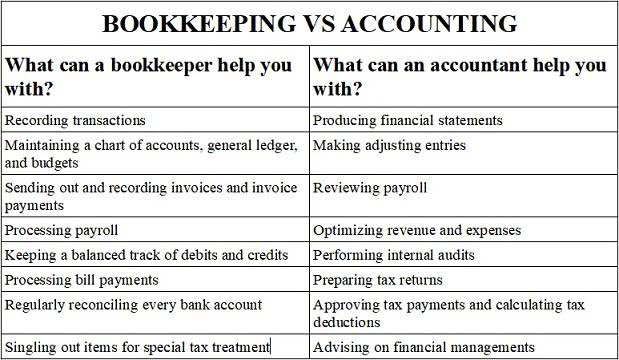
However, since most contingent liabilities may not occur and the amount often cannot be reasonably estimated, the accountant usually does not record them in the accounts. Instead, firms typically disclose these contingent liabilities in notes to their financial statements. Contingent liabilities must be recorded in financial statements when the future event is probable and the loss amount can be reasonably estimated. If these criteria are met, the liability is recognized as it indicates a future obligation that could impact the company’s financial outcomes. This ensures transparency and provides stakeholders with an accurate depiction of potential financial burdens. Filings should be detailed in the footnotes to specify these estimates, maintaining the fidelity of the accounting records.

Types: Probable, Possible, and Remote

The initial response should be sent to OFR (designated point of contacts) no later than (NLT) June 30, 2023 and should include matters that existed https://test.digitalroutesolution.com/utilization-rate-vs-realization-rate-what-are-the/ as of June 30, 2023. The second response is due to OFR NLT October 2, 2023, and should include matters that existed as of September 30, 2023. The final response should be sent to OFR before January 19, 2024 and include matters that existed as of January 19, 2024. This last response date is tentative and will be adjusted based on GAO established deadlines related to their audit of the consolidated U.S. financial statements. Office of Financial Reporting (OFR) is responsible for recording and reporting VA’s contingent liabilities; preparing the LRL request, the LRL Management Schedule; and the memorandum for unasserted claims. Nonrecognized Events – Subsequent events that provide evidence with respect to conditions that did not exist at the end of the reporting period but arose subsequent to that date.
estimated, it is not recorded but should be disclosed. recorded and
Product warranties are another example because the number of products that may be returned under warranty is not known with certainty. Disclosure RequirementsGAAP and IFRS also differ in their disclosure requirements for contingent liabilities. GAAP requires businesses to provide details on the nature of the contingency, the estimated maximum loss, and any subsequent developments related to the event. Meanwhile, IFRS mandates a similar level of detail in its disclosure requirements but does not require specific amounts to be recorded until there is a “present obligation” that can be reliably measured.
FAQs: Frequently Asked Questions about Contingent Liabilities
- When dealing with these liabilities, analysts must address the timing and classification to ensure accurate adjustments to valuation models, thus refining cash flows and profitability predictions.
- Pending lawsuits and product warranties are two examples of contingent liabilities.
- According to FASB Statement No. 5, if the liability is probable and the amount can be reasonably estimated, companies should record contingent liabilities in the accounts.
- External expertise can be beneficial for accurately assessing and reporting contingent liabilities.
- However, if the likelihood of occurrence is assessed as being more than remote, a disclosure in the footnotes of the financial statements is necessary.
By applying these principles, organizations can ensure accurate accounting for uncertainties and present clear, transparent financial statements. These are only recognized in financial statements when they are realized or become virtually certain. If the expected settlement date is within the upcoming year, the liability would be classified under the short-term liability section of the balance sheet. ABC Company’s legal team believes the chance of a a contingent liability that is probable and for which the dollar amount can be estimated should be negative outcome for ABC is probable.

- The amount that the company should accrue is either the most accurate estimate within a range or– if no amount within the potential range is more likely than the others– the minimum amount of the range.
- Internal financial statement users may need to know about the contingent liability to make strategic decisions about the direction of the company in the future.
- An illustration would be a product recall situation where there is no clear estimate of the potential liability due to uncertainties regarding the number of affected products and their return or replacement costs.
- By evaluating the likelihood and estimated cost of potential obligations, lenders can make informed decisions that mitigate their exposure to financial uncertainty.
- In conclusion, understanding contingent liabilities and their implications for financial reporting is essential for businesses to maintain transparent and accurate financial statements.
- They refer to potential obligations that may arise depending on the occurrence or non-occurrence of uncertain events.
However, the estimation techniques may differ between GAAP and IFRS, which will be discussed later in this section. Contingent liabilities are typically classified as either probable or possible, depending on their likelihood of being incurred and the ability to make a reliable estimate of their amount. Probable contingencies have a high degree of likelihood of occurrence, while possible contingencies may How to Invoice as a Freelancer have an uncertain outcome.